Looking for cheap and easy ways for how to soundproof a room with blankets? Soundproofing your room with blankets is one of the easiest ways to get started with soundproofing. Not only will they help absorb sound in your room, but they’ll also help with insulation and the best part is that blankets are cheap and so simple to install.
In this post, we’re going to cover 7 ways in which you can soundproof a room with blankets that anyone can do in under an hour. Let’s get started.
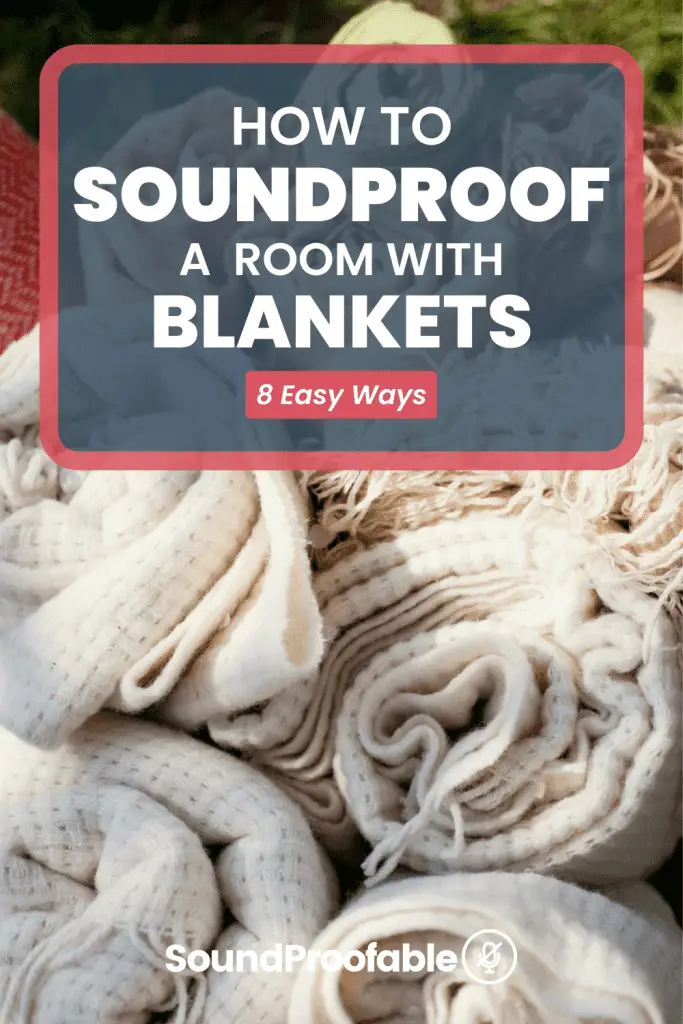
Table of Contents
1. Attach Blankets to the Walls
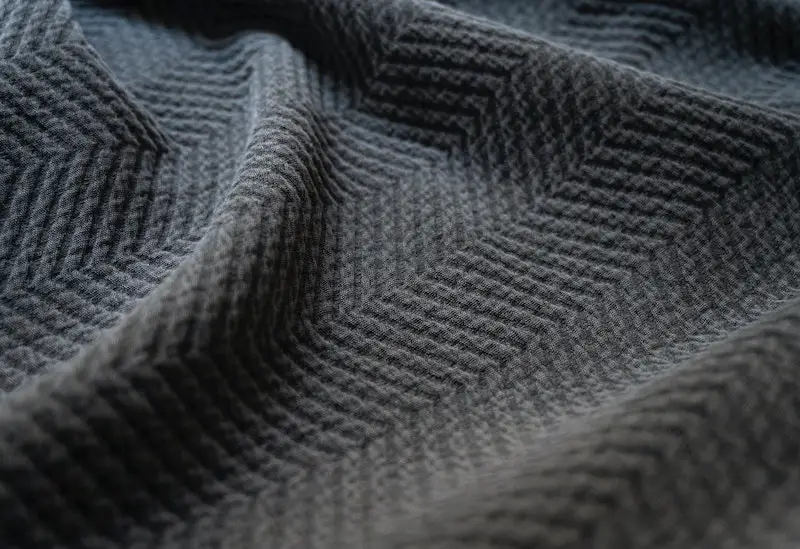
The first way we’ll look at using blankets for soundproofing a room cheaply is by attaching them directly onto your walls. Most of the noise is going to be coming into your room via the walls and the more mass and material you can put in between your ears and the walls the less noise will get into your room.
Blankets are a great option for this for a number of reasons but the main reason is that they’re great at absorbing sound. Being made of a soft, dense material, they’ll absorb a surprisingly large amount of sound. The thicker the blanket the better as it’ll absorb more sound and less noise will get through to your ears.
When it comes to attaching the blanket to the walls there are a few options. Depending on the weight of your blanket you could just use tacks or small nails to hang it on the wall. For heavy-duty blankets, you’ll need to attach securely with screws or nails. You don’t want to damage the wall with the weight of the blanket.
One added benefit of using blankets to soundproof your walls is that they also have great insulating properties.
This means they’ll help keep the temperature inside more even as well as provide extra insulation from outside cold drafts which can cause condensation buildup on walls, windows, and other surfaces that leads to dampness on interior walls which causes mold growth which releases spores
2. Hang Blankets Over the Doors
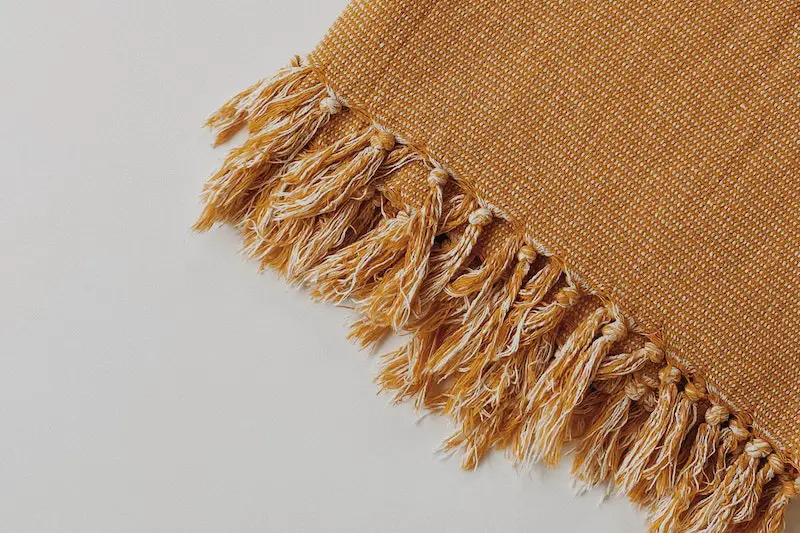
The next thing to look at for using blankets to soundproof a room is by hanging them on the back of your doors. Most doors are not airtight and let in a lot of noise to your room through small gaps.
Blankets are effective for this because they’re easy to attach, cheap, and have great insulation properties as we mentioned before. When you hang blankets over your door, it helps close off the gap between the door itself and whatever frame it’s set into by adding mass to that surface region which will help keep outside noises out and inside noises in.
To attach them you can simply drape them over the back of your door. If that’s not possible you can try tacking or nailing them in place as necessary.
If you want to use a more permanent option, you can screw them into place if you have drilled holes and know how to do so safely without damaging the door. The key here is that blankets are movable from room to room so they’re perfect for hanging up on doors when needed then taking down when not.
For more information and ideas check out our guide to soundproofing a door here.
3. Cover the Windows with Blankets
The next part of the room to tackle is the windows as these are also major noise leaks. You don’t want any outside noises getting in so to cover them you have a couple of choices.
The first choice is to use blankets by tacking or nailing them into place over the frame of your window like you would for doors. Just make sure that when hanging them on the wall above your window that they’re level and hang straight down otherwise they can get in the way if not done correctly.
Another more aesthetically pleasing option is to use soundproof curtains as these are a lot easier to hang and won’t look as out of place in the room.
Like with the walls and door, using blankets to cover your windows will not only help keep out the sound but can also provide extra insulation to maintain heat in the room and keep out light which can be a cheap alternative to black out curtains in a bedroom.
For more information, see our guide on how to soundproof a window here.
4. Use Blankets to Cover the Floors
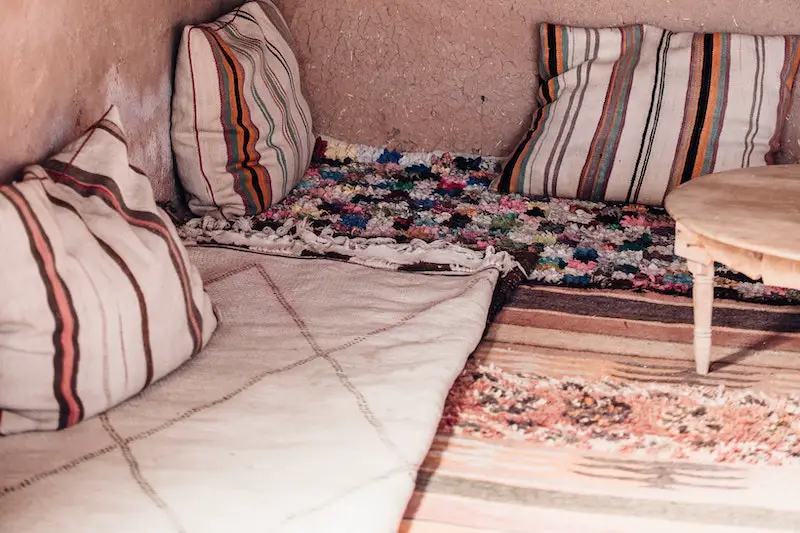
Now it’s time to look at the floor. Soundproofing your floor is important because as with walls and doors you want to make sure that no sound gets in or out.
If you’re got hardwood floors, you can add blankets underneath your rugs for extra soundproofing and as an added bonus it’ll help insulate the room a bit better and lessen the impact sounds as you walk around.
If you have carpets on the floor then you might want to consider an underlay instead of using blankets underneath them. Underlay is commonly used in residential construction for carpeted areas to make them more comfortable to walk on and increase insulation.
Blankets aren’t always the best option for soundproofing floors though as they’re harder to keep in place. Consider instead using heavy-duty rugs that are easier to keep in place and won’t move around if you’re moving around on them.
For more information, take a look at our guide on how to soundproof floors here.
5. Pin Blankets to the Ceiling
Another option for soundproofing a room with blankets is to simply pin them up against the ceiling. This solution isn’t always effective but it can be if your walls aren’t insulated and you’re trying to keep out outside noise without having to do some major construction inside of the room itself.
The key here is just taking care when pinning them to make sure they don’t fall down, get in the way as you walk around or cause any damage along the way. You can use enough nails or screws into studs in the wall every few inches to hold them in place as well by using a stud finder on each side of where you want to place them before drilling holes through one side then inserting nails through from the other and finally
6. Cover Hard Furniture with Blankets
If you want to take an extra step toward soundproofing a room, you can cover any hard furniture that’s in the room with blankets. Things like dining room tables, hardwood chairs, coffee tables, and any other furniture with hard surfaces should be covered up when possible. This is because you want to eliminate as much of the sound from echoing as possible.
Soft furniture like chairs or couches with cushions are good as they’ll absorb more of the sound in a room. But anything with a hard, flat surface is best to be covered with a blanket to deaden and absorb as much sound as possible.
7. Put Blankets Over Loud Appliances
If you have any loud appliances in your room that can make noise such as a dishwasher, washing machine, or dryer, then try using blankets to help reduce the amount of noise they make.
Sometimes this is enough by itself to stop the machine from making too much noise.
This solution might not work for every situation though since you’ll have to use extra care when using these items whenever you’re covering them up. Otherwise, they could get damaged if there’s any heat buildup from being covered for an extended period of time or anything else that could cause damage if not taken care of properly.
Instead of covering the appliance, you can put them on top of a blanket to help reduce the amount they vibrate on the floor.
Why are Blankets Good for Soundproofing?
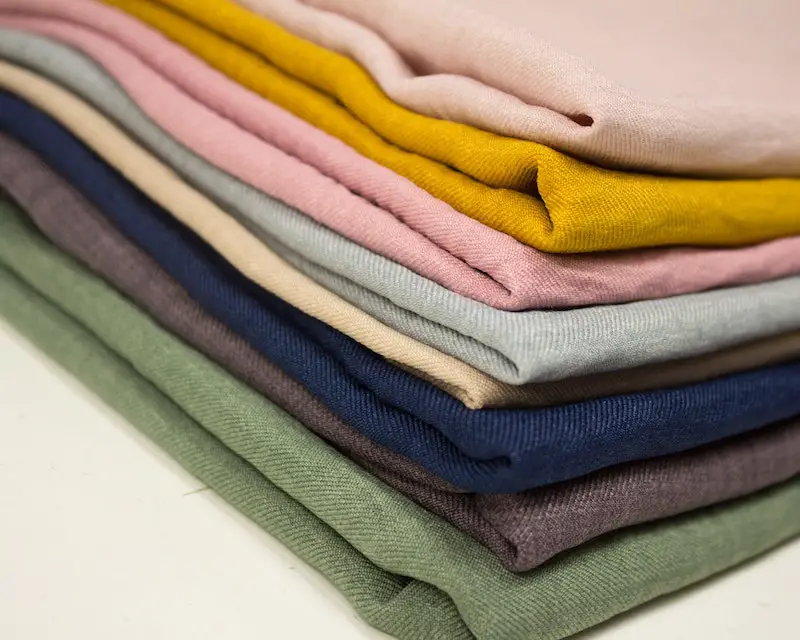
When you think about soundproofing most people think of expensive items and foam panels but actually, blankets are surprisingly good for soundproofing? The soft materials that they’re made of help to dampen the sound waves around them by absorbing the impact off of the wall.
Another reason they make a good soundproofing option is that they’re easy to install and don’t need much effort besides hanging them up.
They’re also incredibly inexpensive and won’t break your budget because they can be found online or in any department store. You probably have some lying around the house already so won’t cost you anything. Go grab them now and you’re set!
What Makes a Good Blanket for Soundproofing?
There are a few qualities that make a blanket more suitable for soundproofing than another.
To begin there’s the thickness of the blanket. Thicker blankets are going to be more effective than thinner ones because they’ll absorb more sound. The thicker ones will also make it easier for you to hang them up without worrying about them falling down on their own or getting damaged as easily.
This is because they’re made from stronger material and won’t rip apart when you put nails or screws into them like other thinner options can do if not handled properly.
Then you have the density of the blanket. Blankets can be made out made up of lots of different types of materials each having its own specific advantages. Look for dense materials as this will create a stronger barrier against sound waves and help prevent noise from traveling and reduce the impact of the sound.
Another factor that makes a blanket good for soundproofing is their low cost. You can get heavy-duty moving blankets that are great for soundproofing for well under $20.
What Type of Soundproof Blankets Should you Use?
What type of soundproof blanket to buy will depend on a number of factors like your budget, what you’re using your room for, whether you can put them in place permanently, and other things.
We’d recommend opting for either specifically designed soundproofing blankets like these ones here.
- Purchase more than 1 for Free Shipping.
- Measures 96" x 48" (8' x 4'), contains (3) metal grommets on the top for easy...
- Effective for sound absorption (0.85 NRC Rating), NOT for blocking sound.
The reason why is that they’ll be made thicker and denser than normal blankets so will help to absorb more sound.
They also won’t rip apart as easily, are stronger, and are designed specifically for this purpose so aren’t just a random blanket that you bought at the store. These ones have holes already in them to make them ready to hang on walls, over windows, or doors and so will require less work to install than any old blanket.
But the downside is they do cost considerably more so if you have a large space you need to soundproof they might not be best for you.
If you’re looking to spend less money then another great option is to use moving blankets. They’re great because they’re heavy-duty, easy to hang and can be removed easily if you want them out of the way.
We like these ones here:
- Professional-grade: Oversized, 80" x 72" premium quality moving pads that provide...
- Superior cushioning: Constructed with thick, padded virgin cotton batting with...
- Durable: Weighing approximately 2-3/4 pounds apiece, these heavy-duty furniture...
These moving blankets have been specifically designed to be able to handle lots of abuse so won’t rip or tear as easily as lots of other option when you’re using them for something like soundproofing. This makes them a great choice if you want to be able to use them long-term without having to worry about having to replace them anytime soon.
For more options and ideas check out our post on the best soundproofing blankets here.
Conclusion
As you can see, it’s pretty easy to soundproof a room with blankets and they’re very flexible and how you can use them. In fact, you can do most of the projects in an hour or so and the best part is that none of them are particularly expensive either.
You could even combine several different techniques if your walls are particularly thick or you have something very loud in your house that needs to be covered up.
So why not give one of these methods a try? It’s always good to know how to soundproof a room, especially if you’re renting as it won’t permanently damage the room.


